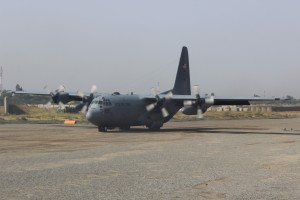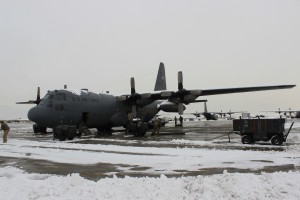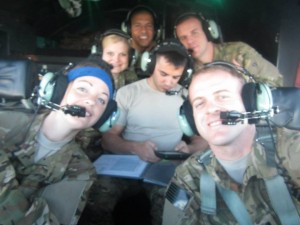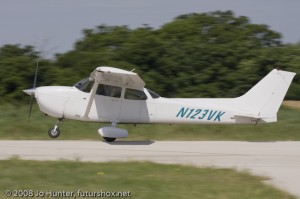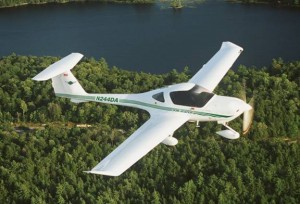Lessons Learned: Surviving a Murder Board
The problem with having essentially a two-week break from work as a flyer is that you really don’t get to fly either. I was fortunate enough to get out with my friend in his Piper Cub on Christmas, which was amazing, but mostly just time around the house, and some homework otherwise.
I did have something to look forward to coming back to work this week, but it was a bit of a bitter-sweet thing. The exciting part of this week is that I get to be part of an 8-ship formation soon. In years past this would have been a relatively common occurrence, but these days almost all of our flights are only 2-ships, so to get out on an 8-ship is really exciting.
The downside is that I am one of the two main planners so there is a lot of work that goes into it. We got a great start two weeks ago and had a bunch of stuff prepared only to find out that the powers that be didn’t like our plan, so we changed it to a more vanilla plan. However, there really is no such thing as a vanilla plan when you are flying with four times as many planes as you usually do.
No worries though as I got a good base of a plan last week with a whole week to put it all together, or so I thought. I spent most of the last day or so putting the plan together and starting to prepare products and a brief to explain what we were doing. Then this afternoon we invited a handful of very experienced pilots and navigators that will be flying with us to take part in what we call a “murder board”. The point of a murder board is to get other people who may not have been involved in the planning process to look at your plan and find anything that may be wrong or just things that need to be reconsidered.
The name and the description make it sound like an incredibly painful process, and it can be if you are stubborn or prideful, but in reality it is an awesome chance to get an outside perspective. Especially for someone as inexperienced as me, it is an opportunity to learn from the people who have been there and done that. Though it can lead to massive amounts of work, or in other words what I will be doing until we actually fly.
Please don’t mistake this for a complaint, as I do genuinely appreciate the feedback. It is something that can be valuable in many different arenas, and even in civilian flying. While the vast majority of civilian flying is likely not as complex as an 8-ship military formation, part of the fun of any flying is trying new things. But, trying new things can also be a challenge if the plan is not thought through well enough.
Most of these poor plans can be traced back to a few common phrases, “Watch this!”, “I bet you can’t do…”, and the most dangerous “Hold my beer.” There is nothing wrong with trying new things and challenging yourself, but it should be done in the right way. If you want to get into aerobatics, take a class. If you want to fly across the country, plan it out thoroughly like Bill Harrelson’s trip around the world. If you want to land on small landing strips practice where you have extra room, and then when you are ready go for it.
One of the best things you can do is to get feedback from others with more experience. Anything from building a plane to getting a new rating can be done better with help from those who are more experienced than you. They can help you see things you never considered, and provide insight when you come across a problem where you see no answer.
One of the great things about military flying is that you can’t just rest on your laurels because they expect you to learn new things and progress through higher ratings and certifications. It can be challenging at times, but as I said, it is important to find new challenges in all aspects of your flying.
So the real lesson to be learned here is to be open to feedback from other people. If they are just being a jerk then nod and smile and then move on. However, the vast majority of my experiences have been that they are just trying to help you get better. That is one of the awesome things about people in aviation, for the most part they just want to help. So don’t be afraid to not only accept feedback, but actively pursue it, because that is the only way to reach your full potential as a flyer.



